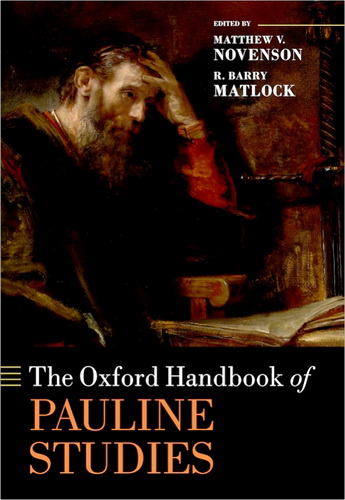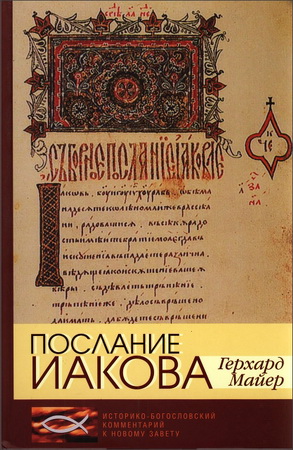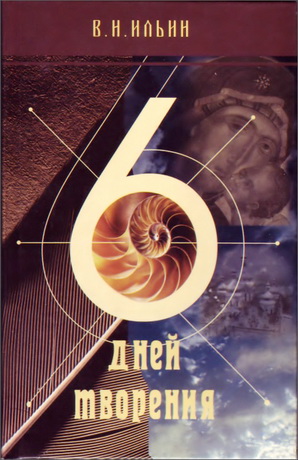
Oxford Handbook of Pauline Studies

The letters of the apostle Paul comprise a tiny corpus, even if we include the many pseudonymous ones (White 2014; Hart 2020; Petroelje forthcoming). The canonical ones make up not even half of the New Testament, itself a very small literary canon. It might seem strange, then, to compile a major reference work such as this, an entire Oxford Handbook, just on Pauline studies. So tremendously, inordinately influential, however, have the letters of Paul been—and continue to be—that it would take a book far bigger than this one to trace the lines of that influence (compare, for instance, the colossal Encyclopedia of the Bible and Its Reception [Allison et al. 2009-]). The more modest goal of this book is to give an early twenty-first-century snapshot of what we collectively know about the figure of Paul, his historical contexts, his literary output, his major ideas, and his relevance to other fields of human knowledge. That will be enough.
1. Circumscribing ‘Pauline Studies’
It matters that this is a handbook of Pauline studies. It could conceivably have been either narrower (e.g., a handbook of Paul) or broader (e.g., a handbook of New Testament studies). But ‘Pauline studies’—meaning, for our present purposes, the whole field of research around the apostle Paul, the authentic texts (more or less) from his own hand, other ancients texts falsely attributed to him, the numerous early Christian legends about him, and the many meanings that have been and still are made of these texts—is a fitting subject matter for a volume of this size and shape, as in the similar case, for instance, of the excellent Oxford Handbook of Johannine Studies (Lieu and De Boer 2018). Pauline studies as a field is just broad enough and narrow enough to warrant the amount and the kind of analytical attention given to it here.
For better or worse—in fact, I think, for better and worse, in particular respects—an immense and complex field of research has grown up around this very small corpus of texts. Paul has a reception-historical afterlife out of all proportion to his modest extant oeuvre. In antiquity, this influence was related to Paul’s early date, the literary footprint of his letters in Christian canons, his popularity among diverse sects of Christians, and the importance of his ideas to Marcionism, anti-Marcionism, and other early Christian theologies (see Wiles 1967; Pagels 1975; Lindemann 1979; White 2014; Strawbridge 2015). In the modern period, Paul’s outsize influence has been closely related to the historical vicissitudes of the European churches, in particular the rise of global Protestantism downstream from Martin Luther, who adopted Paul as his apostolic muse (Allen and Linebaugh 2015; Chester 2017; Lincicum 2017; Novenson forthcoming). The institutional Protestantism of many modern European and colonial universities then paved the way for the embrace of Paul as a kind of secular saint (or sinner, depending on who is telling the story) in the humanities beyond theology and religion. So it came to pass that modern Pauline studies includes the work not only, as we might expect, of eminent theologians like Schleiermacher, Harnack, and King, but also towering philosophers and social scientists like Hegel, Nietzsche, and Freud (Blanton 2007; Gray 2016; Tofighi 2017).
Matthew V. Novenson, R. Barry Matlock - The Oxford Handbook of Pauline Studies
Oxford University Press, 2022. - 784 pp.
ISBN 978-0-19-960048-9
Matthew V. Novenson, R. Barry Matlock - The Oxford Handbook of Pauline Studies - Content
Contributors
Abbreviations
Preface
Introduction. Matthew V. Novenson
PART I. PAUL THE PERSON
1. The Man and the Myth. Calvin J. Roetzel
2. Paul the ‘Convert’? Paula Fredriksen
3. Paul the Missionary. Eckhard J. Schnabel
4. Paul the Theologian. L. Ann Jervis
5. Paul the Apostle. Loveday Alexander
6. Paul as a Character in Early Christian Narratives. Julia Snyder
PART II. PAUL IN CONTEXT
7. Archaeology and the Pauline Letters. Cavan Concannon
8. Paul among Jews, Greeks, and Romans. Paul Trebilco
9. Paul and the Construction of Early Christian Identity. Magnus Zetterholm
10. Paul and Economic Resources. Bruce W Longenecker
11. Paul the Philosopher. Troels Engberg-Pedersen
12. Paul and Religion. Emma Wasserman
PART III. PAULINE LITERATURE
13. The Pauline Letters in Contemporary Research. A. Andrew Das
14. The Deutero-Pauline Letters in Contemporary Research. Margaret Y. MacDonald
15. Paul the Letter Writer. Laura Dingeldein
16. Rhetoric and Argumentation in the Letters of Paul. Lauri Thuren
17. The Text of the Pauline Corpus. Michael W. Holmes
18. The Formation of the Pauline Corpus. Harry Y. Gamble
PART IV. PAULINE THEOLOGY
19. Paul and Scripture. Francis Watson
20. Paul and Israel. Matthew Thiessen and Paula Fredriksen
21. Paul and Jesus. Michael B. Thompson
22. Christology. Richard Bauckham
23. Justification by Faith. Simon Gathercole
24. Participation in Christ. Susan Eastman
25. Grace/Gift in Paul. John M. G. Barclay
26. Paul and Pistis Christou. Nijay K. Gupta
27. Ethos and Community. David G. Horrell
28. Cosmology and Eschatology. T. J. Lang
PART V. APPROACHES TO PAUL
29. Social-Scientific Approaches to Paul. Todd D. Still
30. Paul and Ethnicity. Caroline Johnson Hodge
31. Paul and Sacred Space. Jorunn Оkland
32. Paul and Politics. Davina C. Lopez and Todd Penner
33. Paul and Postcolonial Studies. Joseph A. Marchal
34. Paul and Feminism. Kathy Ehrensperger
35. Paul and Sexuality. Dale B. Martin
36. Paul and Theological Interpretation. Stephen E. Fowl
37. Paul and Contemporary Philosophy. Ward Blanton
38. Paul and Reception History. John Riches
Index of Subjects
Index of Ancient Sources
Index of Modern Authors




Комментарии (1 комментарий)
спасибо